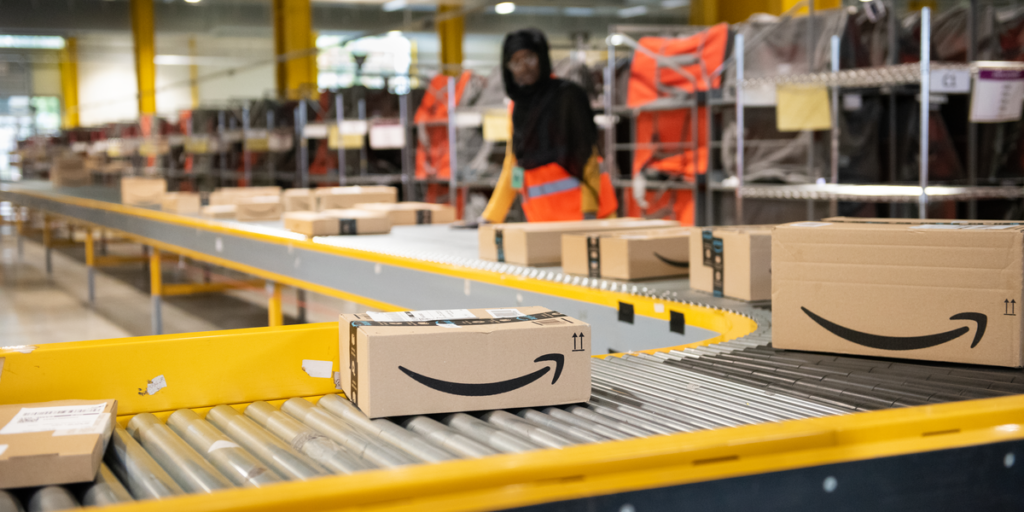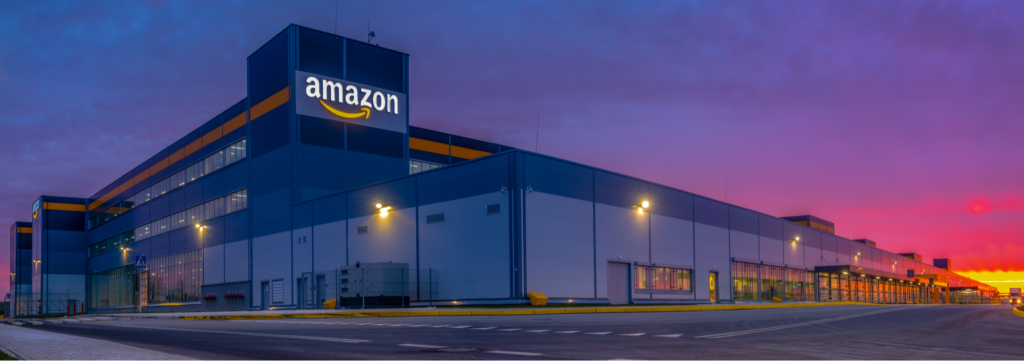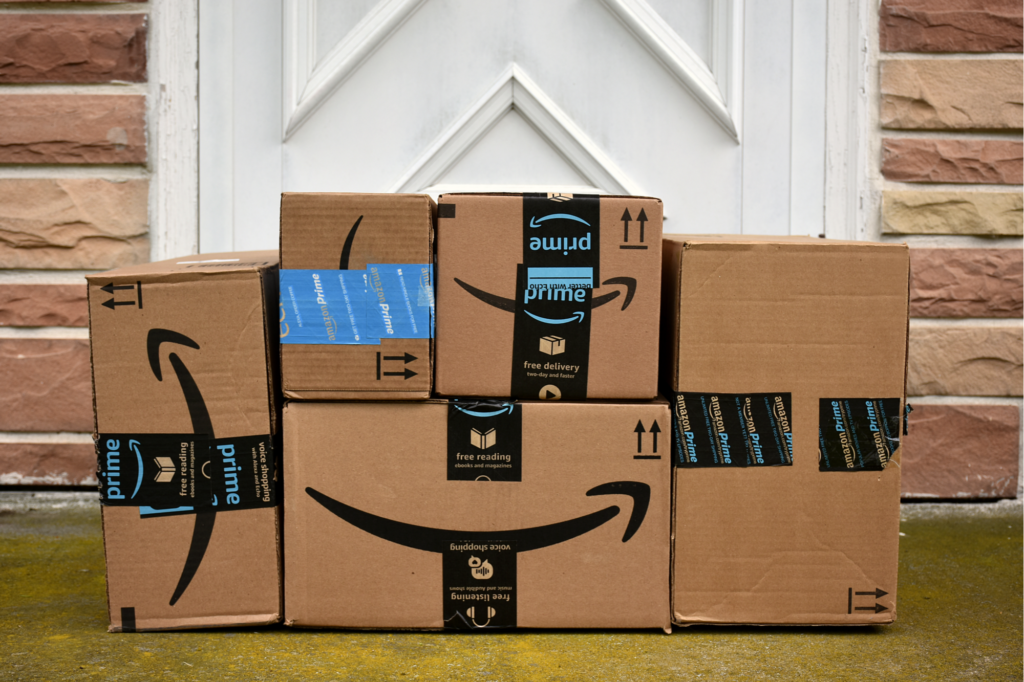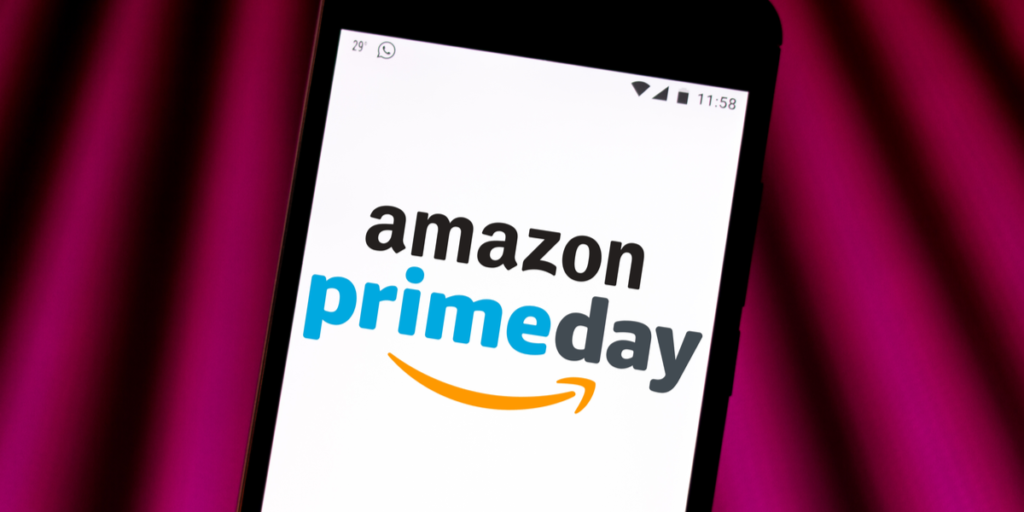Amazon Prime Day is the annual Summer sales event that offers exclusive deals to its Amazon Prime members. 2020 will be the 6th year of Amazon Prime Day IF it goes ahead this year. Amazon has yet to confirm that it’s going ahead or when exactly it will be, but it won’t be July like previous years. August looks like the most likely option.
Amazon Prime Day 2019 was the largest shopping event in Amazon history, with more than one million deals exclusively for Prime members. Just as Black Friday is no longer only one day, Amazon Prime Day has expanded to be a 48-hour event. Last year it began at midnight July 15 and ran for two days; sales surpassed the previous Black Friday and Cyber Monday sales combined.
For supply chain officers, now is not only about surviving the lockdowns and restrictions, but it’s also about taking the necessary steps now to be prepared for the biggest retail opportunities of the year – like Prime Day.
When will Amazon Prime Day 2020 be?
Although Amazon is not releasing details on the new Prime Day date, the fact that they are now allowing more sellers to resume shipping non-essential items to Amazon warehouses, means they are now coping better with demand.
Given that markets will soon start to lift some of the restrictions in place with regards to self-isolation etc., we can assume that things will only improve as the weeks go on and that the sales event will go ahead in Q3.

What happened on Amazon Prime Day 2019?
Amazon achieved staggering results in 2019. One of the main goals of Prime Day is to expand Prime subscribership. In the UK market, over 80 thousand people signed up to Prime on each of the 2 days last year, a +147% rise compared to last year.
Increases Amazon Prime Membership
- No of Prime members in the U.S. 2015 (1st year of Prime Day) = 44 million
- No of Prime members Worldwide Q1 2018 = 100 million
- No of Prime members Worldwide Q4 2019 = 150 million
Amazon’s aggressive discounting on their own devices (Alexa, Echos, Echo Dots, Echo Shows and Kindles) resulted in a +47% jump in the UK purchase rates for that category. Overall the sale of Amazon devices was up 70% YoY.
However, it wasn’t just their own devices as they saw a significant uplift in other category conversions, like Food & Grocery. The Nintendo Switch was the most bought item in the UK & US.
Amazon Prime Day Sales Figures
- Sold more than 175 million items across 18 countries.
- Total Prime Day Sales 2015 – $415 million (CNBC)
- Total Prime Day Sales in 2018 – $4.2 billion (Bloomberg)
- Global Amazon Prime Day 2019 sales = $7.16 billion
What does Amazon Prime Day mean for other retailers?
73% of Amazon sellers make up to half of their total sales for the year at events such as Prime Day, Black Friday, Cyber Monday. According to Forbes and Coresight Research, brands and third-party sellers that participated in Prime Day 2019, generated about a third of the estimated $7.16 billion in sales.
Many other sites launched sales of their own to line up or even preempt Prime Day and as consumers shopped around during this period, other retailers also got a slice of the pie. Across the two days, large retailers saw a 68% increase in online sales while niche retailers saw a 28% boost in online sales compared with a typical Monday and Tuesday period.
Retailers should be aware of the wider effect of Prime Day’s to their particular industry and consider whether they should compete or collaborate with Amazon.

Coronavirus and the delaying of Amazon Prime day.
As the uncertainty of the pandemic continues, July is too soon to hold Amazon Prime Day for a few reasons. For one, the safety of Amazon workers to fulfil the orders and also for consumer confidence, many still don’t know if they will be in employment and are therefore reluctant to splurge on sales.
Although Amazon hasn’t announced a decision on the date yet, one can assume it would have to be August if it is to go ahead. September would clash with back to school spending and beyond would be too close to Christmas/Black Friday/Cyber Monday.
Could they cancel Amazon Prime Day 2020?
There is an argument to say that perhaps it’s not essential for Amazon to hold Prime Day this year. In terms of boosting Prime membership and increasing sales Amazon has already achieved both during the crisis.
According to Variety, “Amazon expects net sales of $75 billion to $81 billion for the current quarter, an 18%-28% year-over-year growth, and operating income that could range from a loss of $1.5 billion to growth of $1.5 billion, compared to $3.1 billion in Q2 2019. That guidance includes the estimated $4 billion of COVID-19-related costs.”
Cancelling Prime Day would be a financial blow for many brands that depend on the holiday to acquire new customers and increase sales.

A different sort of Prime Day?
According to an internal memo seen by Reuters, delaying Prime Day would leave Amazon with an excess of 5 million devices. Hence, it stands to reason that they will want to shift these at a discount this summer, perhaps Prime Day will be exclusively for Amazon products, including their streaming services?
Perhaps they’ll extend it beyond the 48 hour period to spread out demand and therefore pressure on warehousing staff operating under social distancing?
The products in demand on Prime will likely reflect the current state of affairs and peoples lives as they continue mostly staying at home. e.g. games consoles, electronic devices, fitness products etc.
If a regular Prime Day goes ahead, we will likely witness an increase in the divide between the retailers that were doing well during the crisis and the ones that were most affected by slow demand.

AUTHOR
Laura Roche Marketing Executive, Scurri
Laura Roche is a Marketing Executive at Scurri, managing social media and content marketing. Laura shares breaking news in the eCommerce space with our readers as well as sharing insights across the delivery and logistics landscape.
